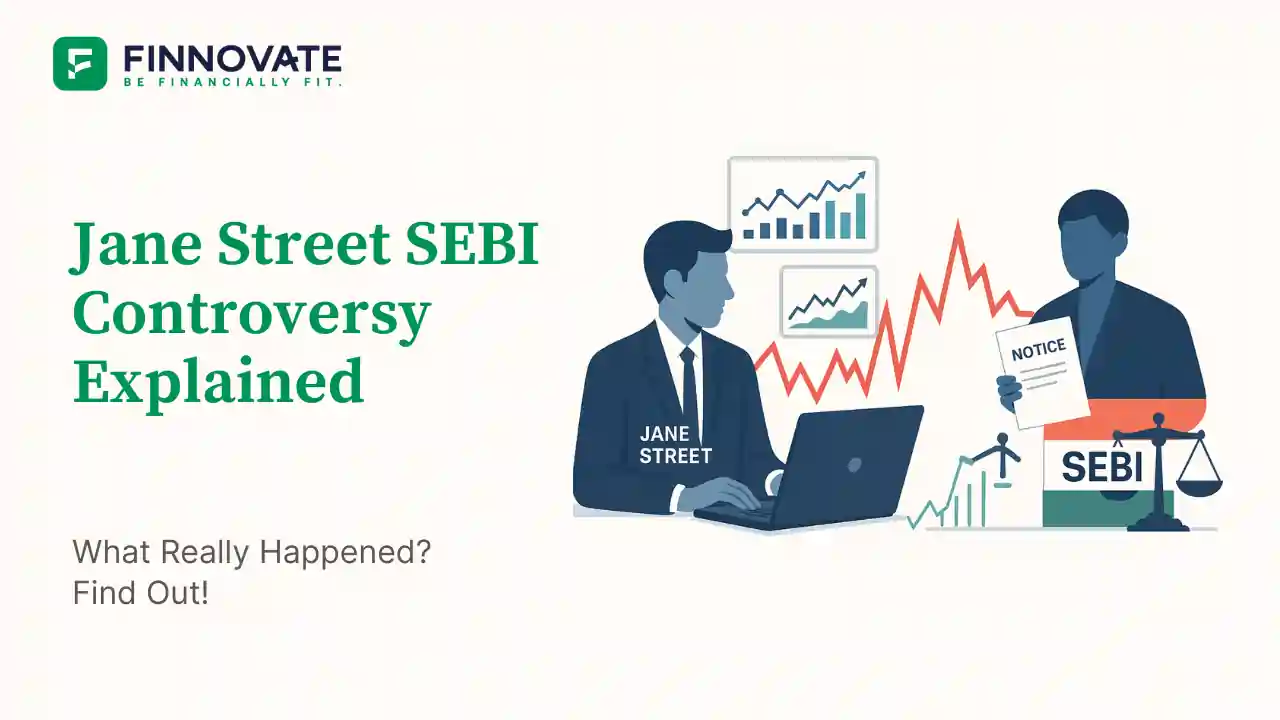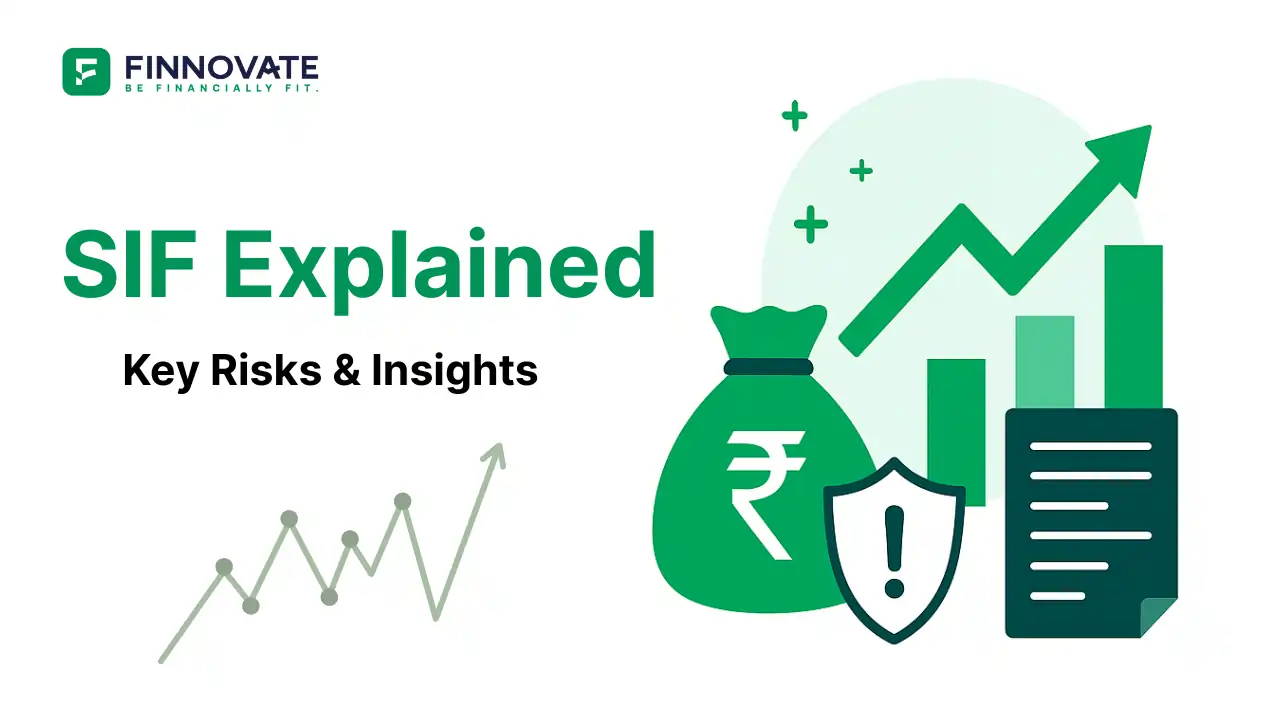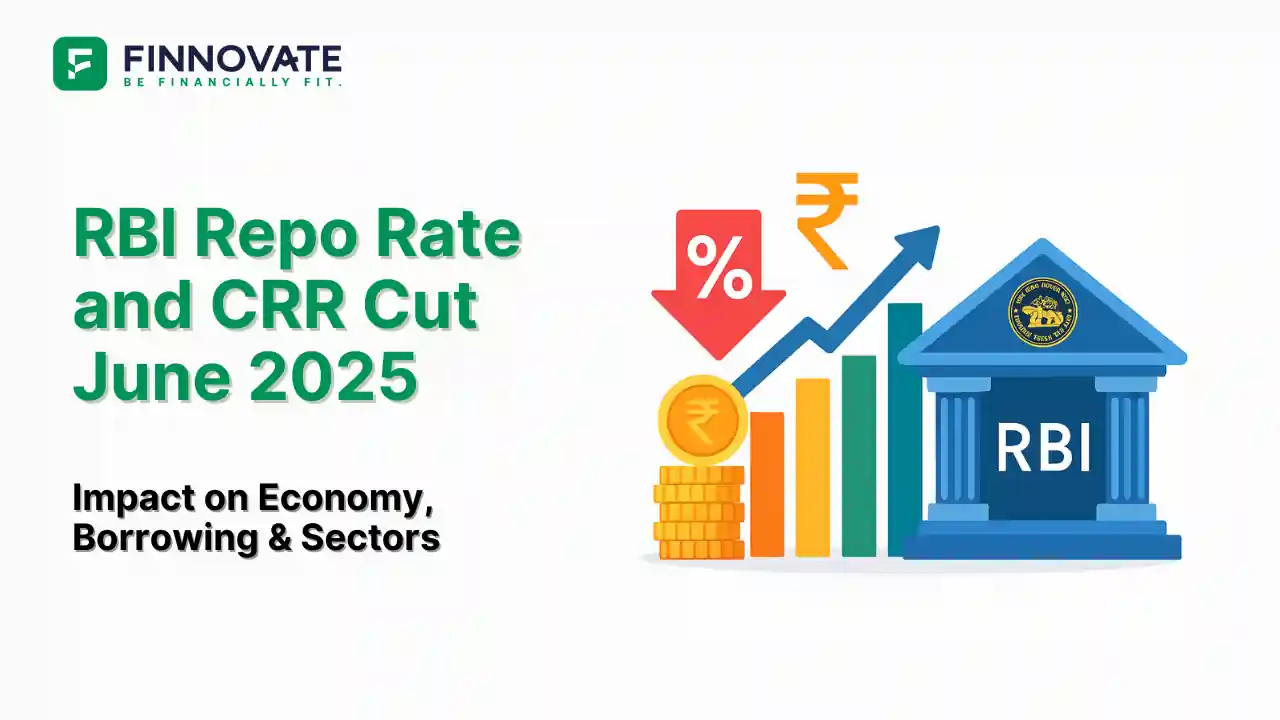Jane Street SEBI Controversy Explained: What Really Happened?

By

Jane Street is not the first trader to rake in huge profits in Indian markets - and certainly won’t be the last. But with SEBI turning up the heat, there’s growing curiosity around what exactly Jane Street did to land in the regulator’s crosshairs. Let’s break it down.
Jane Street is a well-known proprietary trading firm based in the US, active across global markets - including India. The firm reportedly made profits of ₹44,000 crore in Indian options trading over the past couple of years.
Known for deploying complex algorithms, deep capital pools, and contrarian strategies, Jane Street operates like any large-scale prop trader. Volatility and big positions are part of their playbook - nothing illegal on the surface.
SEBI has taken issue with Jane Street’s trading behaviour, particularly around expiry days in the Indian derivatives market.
Historically, proving intent to manipulate markets especially by proprietary trading firms - is difficult.
The road ahead depends on whether SEBI can construct a solid, evidence-backed case. A few things to watch:
Jane Street is known for aggressive, high-frequency trading. While their methods may disrupt markets temporarily, whether it qualifies as manipulation is a legal and technical question that SEBI must now answer convincingly.
Until then, this case is less about profits - and more about how regulators, investors, and foreign firms navigate the fine line between aggressive trading and market abuse.
Speak to a financial expert who can help you assess the risks and opportunities in today’s trading environment.
Book a Free CallDisclaimer: This article is for informational purposes only and does not constitute financial advice. Please consult a registered advisor before making any investment decisions.

Learn how to easily download your NSDL CAS Statement in PDF format with our step-by-step guide. Follow our instructions to log in to NSDL e-Services, download your account statement, and subscribe for
Read Full
Explore what Specialised Investment Funds (SIFs) are, their benefits, taxation, minimum investment, how to invest, how they compare with mutual funds and PMS and latest developments in SIF space
Read Full
Learn How to Download Your CDSL CAS Statement with our step-by-step guide. Easy instructions for accessing your investment details online.
Read Full
Analyzing the potential economic impact of the 2025 India-Pakistan conflict on India's GDP growth, manufacturing sector, and foreign investment.
Read Full
Looking for the best financial freedom books? Here’s a handpicked 2025 reading list with summaries, why to read, and who it's best for.
Read Full
Clear guide to mutual fund taxation in India for FY 2025–26 after July 2024 changes: equity STCG 20%, LTCG 12.5% with ₹1.25L exemption, debt/hybrid rules, dividends, examples, tables, and FAQs.
Read Full
Determine if your Demat Depositary (DP) is NSDL or CDSL easily. Follow our guide to check using broking platforms or Demat account number formats
Read Full
RBI cuts repo rate by 50 bps and CRR by 100 bps in June 2025 to boost growth. Learn how it impacts inflation, borrowing, sectors, and market trends.
Read Full